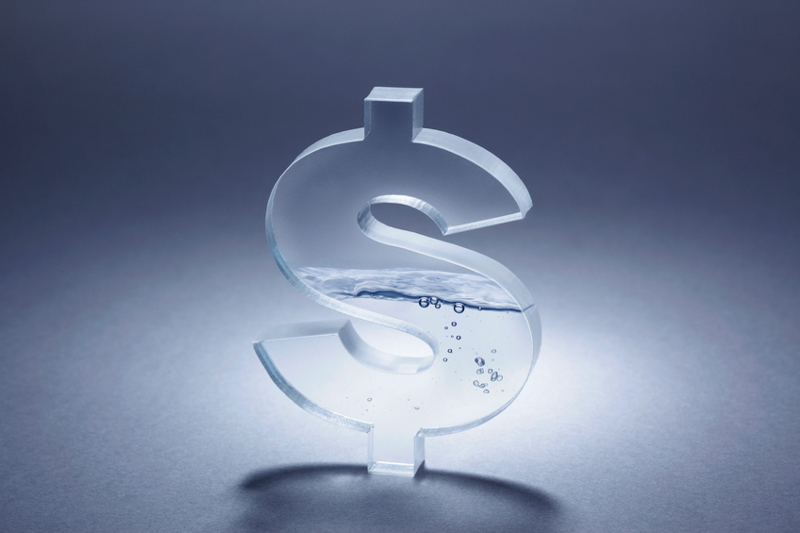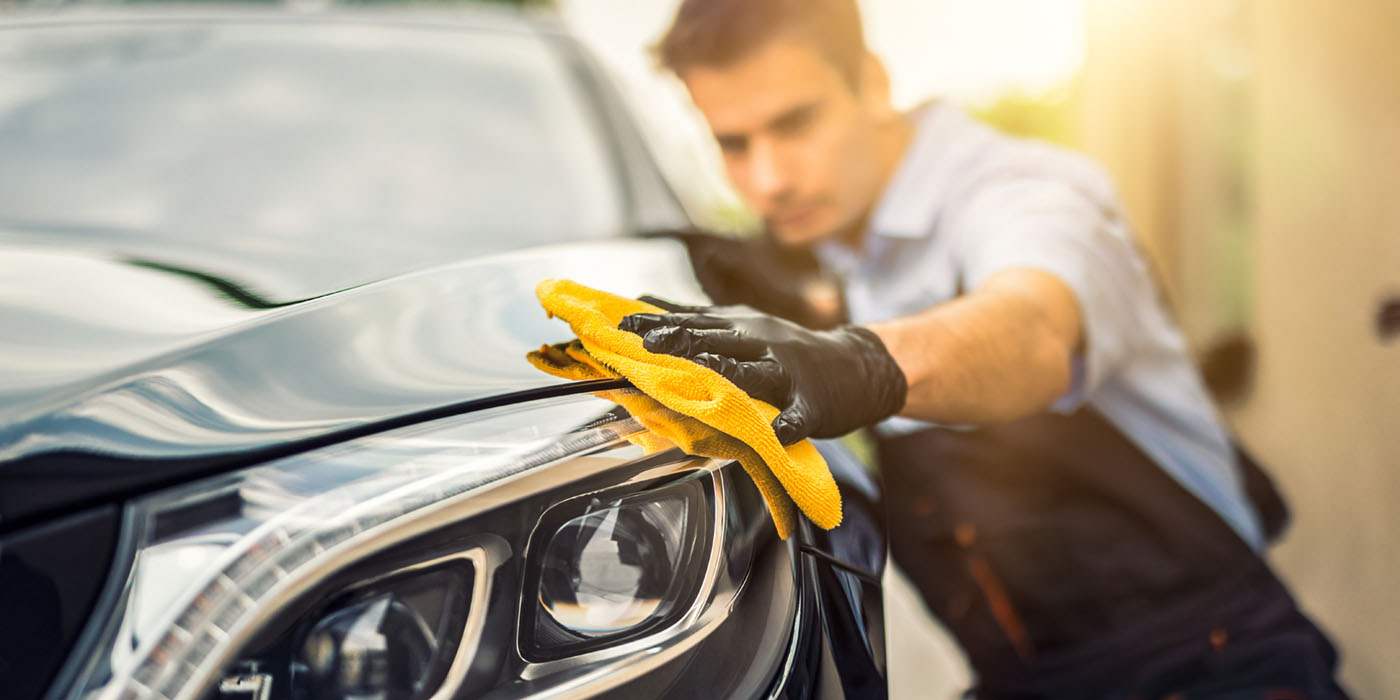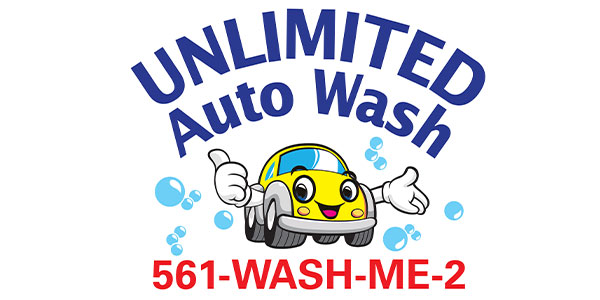Some businesses have what is called an “adaptive action” plan. Essentially, when an organization’s management foresees a challenge now or down the road, an adaptive action plan helps them find rational and helpful ways to address it. And water consumption is an area for which many of U.S. carwash facilities — if not most — may need to have an adaptive action plan in place now or in the very near future.
An adaptive plan typically consists of three components:
- What?
- So what?
- Now what?
Now, let’s apply these three components to a carwash, keeping water in mind.
What?
In this stage, you have to answer some important questions. Is there a water shortage in your community? Does it appear that local government entities will put more pressure on professional carwashes to reduce water consumption? Are water and sewer rates escalating?
The “what” component is all about gathering the data from credible, reliable sources.
So what?
Examine the data. Maybe there are no water issues right now, and possibly water rates are stable; or maybe it looks like things may change, perhaps dramatically, in a few years.
The “so what” component is designed to make sense of all the data collected.
Now what?
Measure the impact a water shortage or water rate increases might have on your business and take action accordingly. The “now what” component, as the name implies, indicates what, if any, actions are necessary.
If you are located in one of the few areas of the country where water concerns are negligible, you are sitting pretty. But for the rest of us that have already experienced a drought or two, or have seen water and sewer bills go through the roof, preparing an adaptive action plan might make good business sense. And if your answer to the “now what” component is that you need to take action, it all starts with what is called a water audit.
Related content: Why so much water?
The water audit management plan
A water audit fulfills three primary goals: to see where water is being used now, to find where water is being wasted and to determine which new technologies or procedures could help reduce water consumption.
For most professional carwashes, here is where water is being used:
- The presoak or rinse
- The actual high-pressure wash
- High-pressure spray of lower car areas and undercarriage
- First rinse
- Application of a sealant (optional, but uses water)
- Second rinse.
One of the first things to find out when starting a water audit is if just the carwash operations of the facility has a dedicated meter. This information is important because while you make changes based on the results of the audit, you need to know if these changes have translated into water savings.
Another important factor to know is how many gallons of water are used to wash a single vehicle. Since there are different types of carwash systems, for this article we will focus on in-bay automatic (IBA) and conveyor systems.
Some water utility companies have already done the homework for us. For instance, in dry Arizona the Arizona Water Department has determined that an IBA uses about 72 gallons of water per carwash, and a conveyor uses around 44 gallons. If a carwash is located in Arizona and is using considerably more water per wash than these statistics, then a water audit may prove to be helpful.
Let’s say that is the case, and a conveyor carwash is using closer to 66 gallons of water per vehicle. In order to determine where adaptive action is necessary, the carwash’s water audit would look into topics like these:
- Is water being released somewhere in the system even when no cars are being washed?
- How old are the nozzles? Are they brass or plastic? Both of these nozzle materials can erode with use. Consider replacing with stainless steel or hard ceramic nozzles. And keep in mind with age, most nozzles will likely be using more water than what they were originally designed to use.
- Check the flow rates of the nozzles. Select nozzles with lower flow rates that run at lower pressure — just enough to ensure customer satisfaction.
- Check the alignment of the nozzles. Are they directing the spray on the car or the surrounding walls?
- Are there leaks in the system?
- Check the timing of the arches. They should come on as soon as a car enters the bay, and turn off as soon as it leaves the bay or the wash cycle is complete.
- Allow enough dwell time after each wash so that water can run off the vehicle and collect in the reclaim pit for reuse.
- Make sure the entire water management system can be completely shut down at the end of operations. It is suggested to use solenoid valves to stop the flow of water when production stops.
Other things to check
While this article’s emphasis has been on the actual wash operations and management, a complete water audit will also look at water consumption from washing machines as well as water used in restrooms, as examples.
A front-loading machine uses less water overall when compared to a top-loading machine. But the big savings come from the fact that front-loading machines can wash larger loads, reducing the number of washes overall.
In restrooms check for leaks, of course. However, the big water users are toilets and urinals. At the very least, a dual-flush toilet should be installed, which uses less water for liquid waste. Kits are available that can convert a traditional toilet into a dual-flush system.
As for urinals, professional carwash management may want to take a look at what is happening in California and other dry areas of the country like the Southwest. Instead of low flow systems which rely on water, no-water (or waterless) urinals are being installed. In facilities such as office buildings or schools, no-water urinals have reduced consumption by so much that few other water-savings programs were necessary.
When it comes to water, an adaptive action plan is not a one-time process. Because water management is essential to this industry, conducting water audits, and ensuring this precious resource is being used most efficiently, is a never-ending process.
And even if a carwash used an adaptive action plan to address water issues today, five years down the road that same carwash will most likely need it again due to new water challenges.
Klaus Reichardt is CEO of Waterless Co. Inc., located in Vista, California. Reichardt founded the company in 1991 with the goal to establish a new market segment in the plumbing fixture industry with water conservation in mind. Reichardt is a frequent writer and presenter, discussing water conservation issues. He can be reached at [email protected].













